
Earth, Wind & Fire is the debut studio album by American band Earth, Wind & Fire, released in February 1971 by Warner Bros. Records. The album got to No. 24 on the Billboard Top Soul Albums chart.
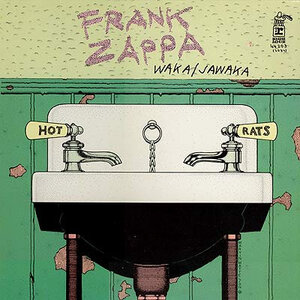
Waka/Jawaka is the fourth solo album, fifteenth album counting the work of his band the Mothers of Invention, by Frank Zappa, released in July 1972. The album is the jazz-influenced precursor to The Grand Wazoo, and as the front cover indicates, a sequel of sorts to 1969's Hot Rats. According to Zappa, the title "is something that showed up on a ouija board at one time."

The Glow is the seventh album by the American musician Bonnie Raitt, released in 1979. It was one of the first albums to be recorded and mixed digitally.

Diamonds & Rust is the sixteenth studio album by American singer-songwriter Joan Baez, released in 1975. The album covered songs written or played by Bob Dylan, Stevie Wonder, The Allman Brothers, Jackson Browne and John Prine. Diamonds & Rust, however, also contains a number of her own compositions, including the title track, a distinctive song written about Bob Dylan, which has been covered by various other artists.

The Genius of Ray Charles is a 1959 Ray Charles album, released in October by Atlantic Records, the seventh album since the debut Ray Charles in 1957. The album consists of swinging pop with big band arrangements. It comprises a first half of big band songs and a second half of string-backed ballads. The Genius of Ray Charles sold fewer than 500,000 copies and charted at number 17 on the Billboard 200. "Let the Good Times Roll" and "Don't Let the Sun Catch You Cryin'" were released as singles in 1959.
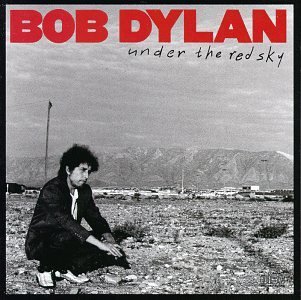
Under the Red Sky is the twenty-seventh studio album by American singer-songwriter Bob Dylan, released on September 10, 1990, by Columbia Records. It was produced by Don Was, David Was, and Dylan.

L.A. Is My Lady is the 57th and final solo studio album by American singer Frank Sinatra, released in 1984 and produced by Quincy Jones. While the album was Sinatra's last, he recorded five further songs, only four of which have been officially released.

Thighs and Whispers is the fifth studio album by American singer Bette Midler. Released in 1979, the album reached No. 65 on the Billboard Pop Albums chart.

Rhymes & Reasons is the fourth album by American singer-songwriter Carole King. Released in 1972, the album features a single "Been to Canaan", which topped the Billboard Adult Contemporary chart and peaked at number 24 on the Pop chart. The album itself also became a hit, reaching number two on the Billboard 200 chart.
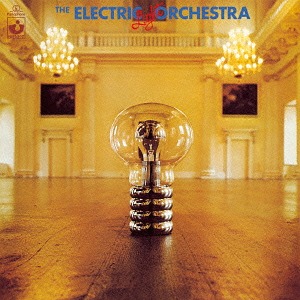
The Electric Light Orchestra is the debut studio album by English rock band Electric Light Orchestra (ELO), released in December 1971 in the United Kingdom by Harvest Records. In the United States, the album was released in March 1972 as No Answer, after a misunderstood telephone message made by a United Artists Records executive asking about the album name; the caller, having failed to reach the ELO contact, wrote down "no answer" in his notes, and this was misconstrued to be the name of the album.

Lanquidity is a 1978 studio album by American jazz musician Sun Ra.

Nurds is the second studio album by the American musical trio the Roches, released on Warner Bros. Records in 1980. It peaked at number 130 on the Billboard 200. Nurds was produced by Roy Halee.
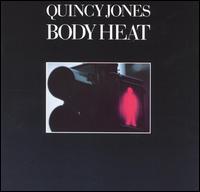
Body Heat is an album by Quincy Jones.
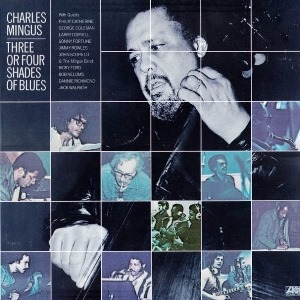
Three or Four Shades of Blues is a studio album by the American jazz bassist and bandleader Charles Mingus. It was recorded in sessions held on March 9 and 11, 1977, at New York City's Atlantic Studios, and on March 29 at the Record Plant in Los Angeles. The album features two new versions of Mingus's "standards" and three new compositions performed by large ensembles featuring saxophonists Ricky Ford, George Coleman, and Sonny Fortune, pianist Jimmy Rowles, guitarists Larry Coryell, Philip Catherine and John Scofield, bassists Ron Carter and George Mraz, trumpeter Jack Walrath, and drummer Dannie Richmond.

The Genius After Hours is an album by American musician Ray Charles, released in 1961. The songs featured on the album were taken from the same three studio sessions that created his 1957 album The Great Ray Charles, which featured the use of both a trio and a septet; the latter was arranged by Quincy Jones. Also appearing on The Genius After Hours is David "Fathead" Newman on tenor and alto saxophone, alongside trumpeter Joseph Bridgewater.
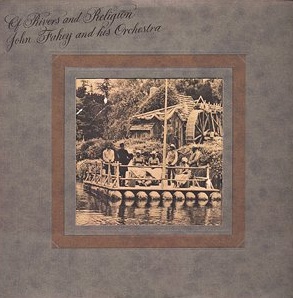
Of Rivers and Religion is an album by American folk musician John Fahey, released in 1972. It was his first recording on a major label and is credited to John Fahey and His Orchestra. It marked a significant change from Fahey's previous releases, incorporating a backing band and performing songs and arrangements in a Dixieland jazz style. Although Time picked it as one of the Top Ten albums of 1972, it was also a difficult album to market and had little enthusiasm at Reprise.

Walking in Space is a 1969 studio album by Quincy Jones. The album was recorded for A&M who released the album with a cover photo of Jones taken by Pete Turner. Vocalist Valerie Simpson is featured on the title track, an arrangement of a song from the hit rock musical Hair. "Dead End" is also from Hair and "Killer Joe" features Ray Brown on bass and Grady Tate on drums.

Smackwater Jack is a 1971 studio album by Quincy Jones. Tracks include the theme music to Ironside and The Bill Cosby Show.
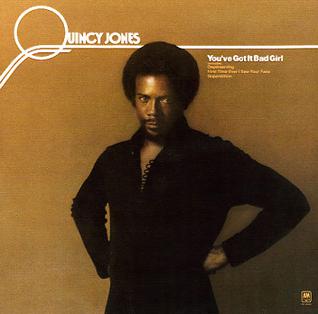
You've Got It Bad Girl is a 1973 album by the American jazz musician/producer Quincy Jones.
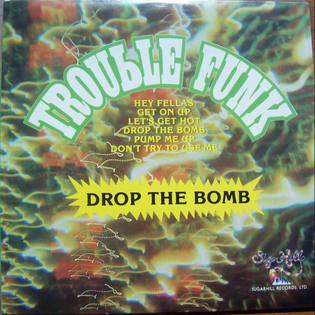
Drop the Bomb is a studio album released in 1982 by the Washington, D.C.-based go-go band Trouble Funk. The album included the songs "Drop the Bomb" and "Pump Me Up" which have been sampled numerous times by many hip hop artists.




















